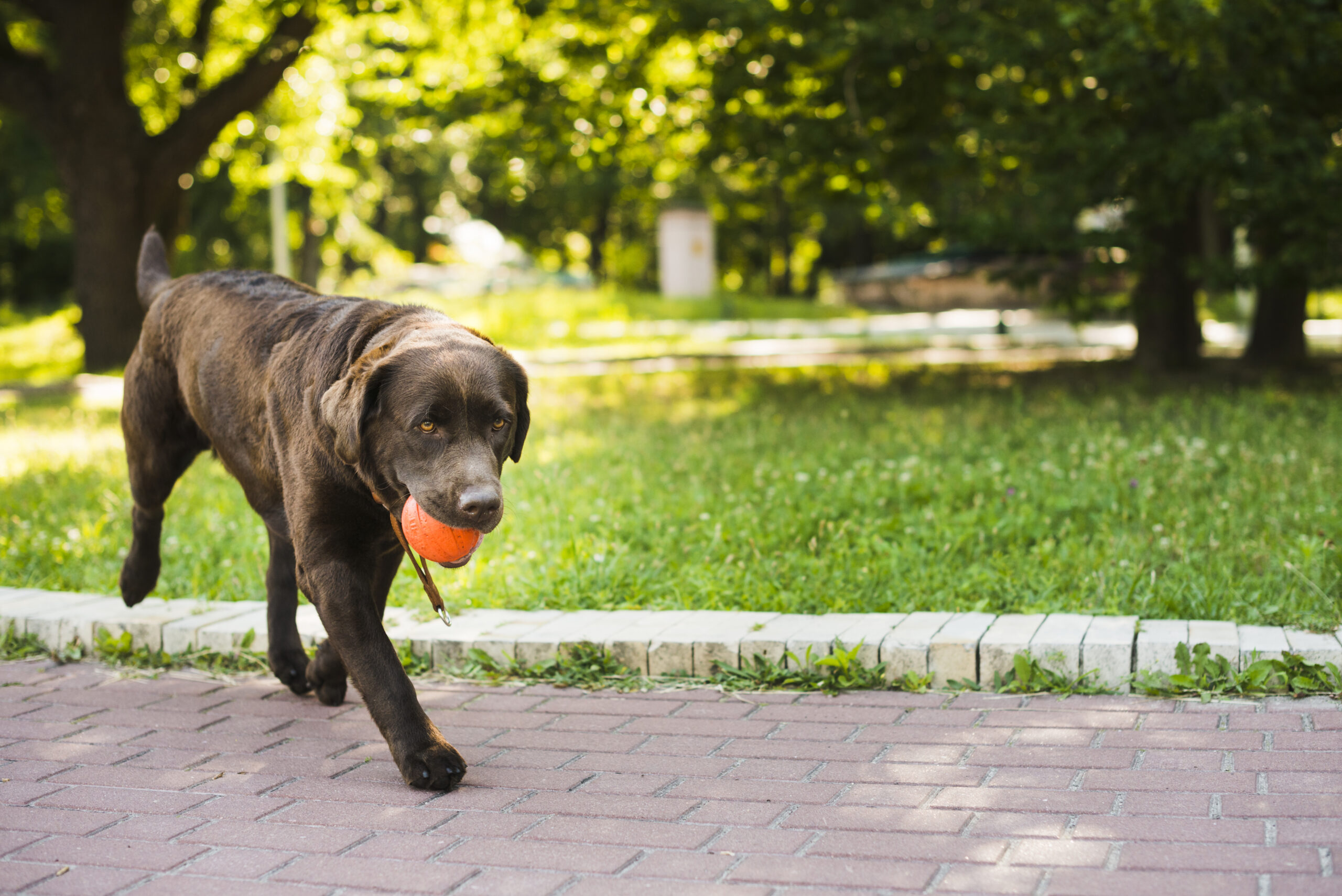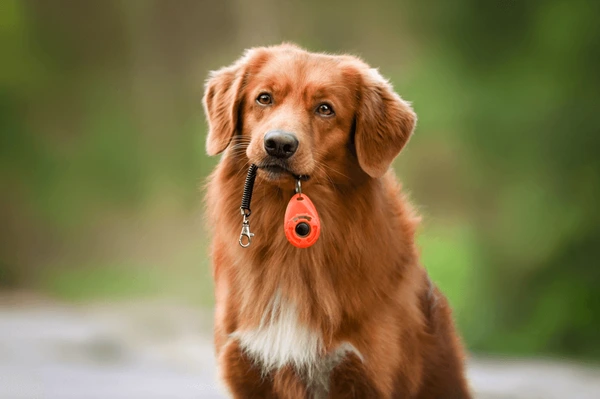Training Techniques For Fearful Or Reactive Dogs
It might be surprising to learn that approximately 40% of dogs display fear-related behaviors at some point in their lives. This underlines the necessity of effective training techniques to help these dogs lead happier, more confident lives. Professional trainers are well-versed in various methods to address such challenges.
One significant aspect of training reactive dogs is understanding the role of counter-conditioning. By systematically associating a feared stimulus with something positive, trainers can gradually change the dog’s emotional response. In fact, consistent use of this technique has shown a remarkable improvement in behavior for many canines.
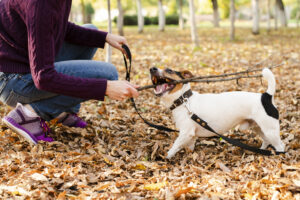
Training Techniques for Fearful or Reactive Dogs
Training techniques for fearful or reactive dogs focus on reducing their anxiety and improving their confidence. One effective method is desensitization. This involves exposing the dog to the trigger in a controlled way. Over time, the dog gets used to the trigger and reacts less. Consistency in this practice is key.
Another technique is positive reinforcement. This method rewards your dog for good behavior, encouraging them to repeat it. Treats, praise, and toys can be used as rewards. This approach helps build a positive association with previously feared stimuli. Using varied rewards also keeps the training engaging for the dog.
Physical exercise plays a crucial role in managing a dog’s reactivity. Regular walks, play sessions, and other physical activities can help reduce stress levels. A tired dog is often a relaxed dog, making them less likely to react negatively. Incorporating exercise into the dog’s daily routine can make a big difference.
Setting up a suitable environment is also important. Minimize exposure to triggers at home and create safe spaces where the dog can retreat if they feel overwhelmed. Additionally, a balanced diet can affect a dog’s behavior. Ensuring they get the proper nutrients can help maintain their overall well-being.
Significance of Counter-Conditioning in Training Reactive Dogs
Counter-conditioning can make a big difference in managing a reactive dog. The technique involves changing a dog’s emotional response to a particular stimulus. For instance, if a dog is afraid of strangers, pairing the sight of a stranger with a treat can shift their fear to anticipation. Over time, the dog learns to associate strangers with positive experiences. This can significantly reduce fear and anxiety.
Consistency is essential when practicing counter-conditioning. Regular sessions help reinforce the new associations in the dog’s mind. The process can be slow, but patience is crucial. Gradually increasing the intensity of the stimulus ensures the dog remains relaxed. This helps prevent setbacks and builds lasting change.
In addition to treats, other rewards can be used in counter-conditioning. Some dogs respond well to verbal praise or petting. The key is to find what motivates your dog the most. Tailoring the rewards to the dog’s preferences increases effectiveness. This personal approach enhances the training experience.
Counter-conditioning also supports the overall bond between the dog and owner. The dog starts to see the owner as a source of safety and comfort. This trust can improve other aspects of the dog’s behavior. Building this connection is an important part of successful training. This method is both humane and effective.
The role of Fitness and Exercise in Managing Reactive Dogs
Fitness and exercise play a significant role in managing reactive dogs. Physical activity helps burn off excess energy that might otherwise be channeled into negative behaviors. For example, a daily run or a long walk can make a dog too tired to react aggressively. Physical exercise also releases endorphins, which can improve a dog’s overall mood. This makes them more relaxed and less likely to be reactive.
Regular exercise routines can provide structure and predictability for dogs. This structure helps in managing their anxiety. Knowing what to expect each day can make them feel more secure. Including different types of physical activities keeps things interesting. Variety in exercise helps in engaging a dog’s mind as well as their body.
Different dogs have different exercise needs. Smaller breeds might be satisfied with short walks, while larger breeds may require more intense activities like hiking or swimming. It’s essential to tailor the fitness routine to the specific needs of the dog. This ensures they get the right amount of exercise. Adjusting the exercise based on age and health conditions is also crucial.
Exercise also provides opportunities for socialization. Meeting other dogs and people in a controlled environment can gradually reduce a dog’s reactivity. Group activities, like dog sports or obedience classes, can be beneficial. This interaction helps dogs learn proper behavior in different scenarios. Structured fitness can improve a dog’s social skills effectively.
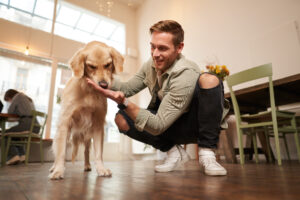
Importance of Suitable Environment and Diet in Easing Fear in Dogs
Cultivating a suitable environment is crucial for calming fearful dogs. A safe, quiet space where the dog can retreat can make a big difference in reducing stress. Minimizing exposure to loud noises and other triggers at home can help create a serene atmosphere. Additionally, keeping a consistent routine can provide a sense of security. A predictable environment contributes to a dog’s overall well-being.
Diet also plays a significant role in managing fear in dogs. Proper nutrition can impact a dog’s mood and behavior. Foods rich in omega-3 fatty acids, for example, have been shown to reduce anxiety. Ensuring a balanced diet with the right nutrients is essential. This can support both mental and physical health.
Avoiding certain food additives can help manage a dog’s reactivity. Some preservatives and artificial colors can negatively affect behavior. Opting for natural and high-quality ingredients can be beneficial. Reading labels and choosing the right foods can make a noticeable difference. This careful approach can improve a dog’s emotional stability.
Creating a suitable environment can involve making small changes. Adding cozy blankets or calming pheromone diffusers can help set a relaxing tone. Even rearranging furniture to create a more open, less cluttered space can ease a dog’s anxiety. These adjustments show that small changes can have a big impact. They help create a sanctuary for the dog.
Combining a proper diet with a suitable environment provides a strong foundation for managing fear and anxiety. This holistic approach addresses both internal and external factors. Keeping track of what works best for the individual dog is crucial. Monitoring their responses helps in making necessary adjustments. This comprehensive strategy can lead to long-term success in easing a dog’s fears.
Use of Behavioural Adjustment Training (BAT) for Fearful Canines
Behavioural Adjustment Training (BAT) is an effective method for helping fearful canines. BAT focuses on teaching dogs new ways to respond to triggers. Instead of reacting with fear or aggression, dogs learn to engage in calm behavior. This training is usually done in controlled environments. By allowing dogs to move away from the trigger, they can gain confidence over time.
One key aspect of BAT is letting the dog make choices. Dogs are encouraged to decide whether to approach or retreat from the trigger. Giving them this control helps reduce their anxiety. The idea is to empower the dog to feel safer. This approach builds trust between the dog and the trainer.
BAT sessions typically involve a series of steps to ensure success. The first step is identifying the triggers that cause fear. Then, the trainer arranges scenarios where the dog can encounter these triggers at a comfortable distance. Gradually, the distance is reduced as the dog becomes more confident. Consistent practice is essential for lasting results.
Another important component of BAT is positive reinforcement. Rewarding the dog for displaying calm behaviors encourages them to repeat these actions. Rewards can include treats, toys, or verbal praise. This reinforces the idea that staying calm leads to positive outcomes. It makes the training more enjoyable for the dog.
Behavioural Adjustment Training can be adapted to suit individual dogs. Each canine has unique needs and triggers. Customizing the training approach ensures better outcomes. This flexibility is one of the strengths of BAT. It makes the method suitable for a wide range of fear-related issues.
Owners can also participate in BAT to strengthen the dog-owner bond. Learning the techniques helps owners better understand their dog’s behavior. This partnership can accelerate the training process. It fosters a deeper connection and increases the likelihood of success. Overall, BAT is a comprehensive approach to easing fear in dogs.
Tips and Guidance for Owners of Reactive Dogs
Managing a reactive dog requires patience and consistency. One useful tip is to keep training sessions short and frequent. This helps to maintain the dog’s focus and reduce stress. Start with simple commands in a quiet environment. Gradually introduce distractions as the dog becomes more confident.
Owners should also be aware of their own emotions. Dogs are sensitive to their owner’s feelings, so staying calm can help a lot. If you are anxious, your dog may become anxious too. Practice deep breathing or other calming techniques. This can make a noticeable difference in your dog’s behavior.
Utilizing calming tools can be beneficial. These can include items like thunder shirts, calming collars, or white noise machines. Each tool has its own advantages and can help ease a dog’s anxiety. Experimenting with different options can help find what works best for your dog. The goal is to create a calming atmosphere.
Socialization is another key element in managing reactivity. Controlled interactions with other dogs and people can gradually reduce fear. Look for opportunities like obedience classes or dog playgroups. Ensure the environment is safe and supportive. Positive social experiences can greatly improve a dog’s confidence.
Regular exercise combined with mental stimulation can also help. Physical activity reduces excess energy, while puzzle toys and training games keep the mind active. This balanced approach helps in managing reactivity. A tired dog is less likely to react negatively to triggers. Incorporating both aspects is essential.
Finally, seeking professional help can be invaluable. Dog trainers and behaviorists have the expertise to provide tailored strategies. They can offer guidance and support, helping you and your dog navigate challenges. Investing in professional training can lead to long-term improvements. It’s an important resource for owners of reactive dogs.
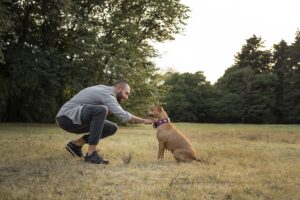
Frequently Asked Questions
Addressing the concerns and queries of dog owners can provide insightful guidance. Here are answers to some of the most common questions regarding training fearful or reactive dogs.
1. What is the best way to start training a fearful dog?
The best way to start training a fearful dog is by creating a safe and calm environment. Begin with basic obedience commands using positive reinforcement techniques like treats or praise.
It’s crucial to avoid forcing the dog into stressful situations. Gradually introduce new experiences at a pace that the dog is comfortable with, ensuring consistent, patient practice.
2. How can I help my reactive dog on walks?
To help your reactive dog on walks, use desensitization and counter-conditioning techniques. Reward calm behavior when encountering triggers like other dogs or loud noises.
Avoid walking during busy times and choose quieter routes initially. Gradually expose your dog to more stimulating environments while maintaining control and reinforcing positive behavior.
3. Are there specific tools that can aid in managing a reactive dog’s behavior?
There are several tools that can aid in managing a reactive dog’s behavior, such as gentle leaders or harnesses for better control during walks. Calming accessories like Thundershirts can also reduce anxiety.
Additionally, interactive toys and puzzle feeders can keep your dog mentally stimulated at home, which helps reduce overall reactivity by alleviating boredom and excess energy.
4. How important is routine for managing fear in dogs?
A consistent routine is very important for managing fear in dogs because it provides predictability and security. Regular feeding times, playtime, and exercise help establish trust.
This consistency allows your dog to know what to expect each day, reducing anxiety levels. Routine also aids in quicker adaptation to new training protocols introduced over time.
5. Can changing my dog’s diet impact their reactivity?
Diet changes can have an impact on your dog’s reactivity levels since certain nutrients affect mood and energy levels. Quality ingredients without artificial additives are preferable.
Additions like omega-3 fatty acids help in reducing inflammation and promoting brain health, which can result in calmer behavior over time. Always consult with your vet before making significant diet changes.
Conclusion
Effectively managing a fearful or reactive dog requires a blend of patience, consistency, and the right techniques. Techniques like counter-conditioning, regular exercise, and creating a calming environment can significantly reduce anxiety. Combining these methods ensures the best outcomes for both the dog and the owner.
Addressing individual needs through customized training plans is essential. Incorporating professional guidance further enhances success. With dedication and the right approach, even the most reactive dogs can lead happier, more confident lives. Tailored training is the key to making that transformation possible.

